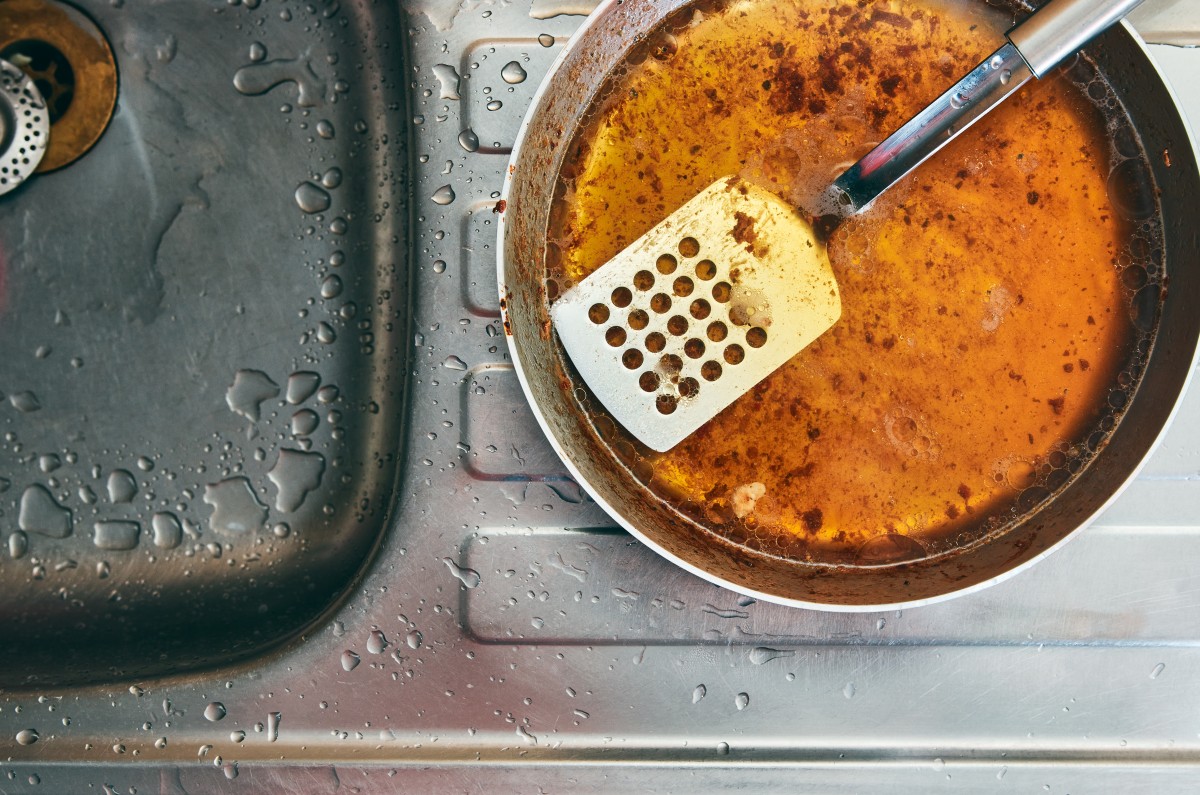6 Plumbing Emergencies That Every Homeowner Must Know
Many plumbing problems will reveal themselves gradually, providing homeowners with an opportunity to have them repaired without the help of an emergency plumber in Pittsburgh, PA. However, others can rise suddenly, creating stunning, inconvenient emergencies that require immediate attention. Those plumbing emergencies are most pressing because they can cause significant damage to other portions of your house in addition to creating breaks in service and potential messes.
Fortunately, when you experience these urgent plumbing problems, you can call on emergency plumbers to provide you with rapid response, timely repairs, and quality customer service. Many plumbers offer 24/7 service that can help bring your plumbing nightmares to a quick, minimally disruptive end. Read on to learn about six of the top plumber emergencies that every homeowner may encounter at some point.
Toilet Overflows
Your toilet is a simple bathroom fixture, but it’s critical to your health and sanitation in the home. However, as simple as it is, it can evolve into a nightmare when there’s a blockage in the drain that causes the toilet to overflow. The initial cause of an overflow is a clogged drain, but it’s the water that continues to flow into the bowl that can lead to the overflow. Cut off the water supply to the toilet during an overflow and immediately call a plumber.
No Hot Water
The water heater is a tremendous convenience, and showers would be miserable without it. That’s why it’s so discouraging when you turn the hot water spigot and only get cold water from the faucet. You may have personally experienced this plumbing emergency, and it quickly highlights just how dependent we are on our household hot water. We use it to wash clothes and dishes, and it’s important for personal hygiene. The causes of this plumbing emergency can be varied and can include a water heater malfunction, leaky hot water line, or disruption of the heater’s fuel source.
Sewer Blockages
The sewer line is what connects the drain system in your home to the larger sanitary sewer system beneath the street. When it backs up due to root growth or inappropriate items placed in the drain, nothing will leave from any drain in the home. That makes it a true plumbing emergency, and as such, it deserves an emergency response.
Clogged Drains
Even when you’re militant about monitoring what goes down your drain, clogs can occur. Oil and grease will build up over time as it congeals in the cooler temperatures present in the piping. Then there’s food debris, hair, and toilet tissue that are routinely put in the drain during regular use. Those items can eventually cause clogs in the traps beneath your sink and tub drains, and if they’re found beyond the trap, you may need an emergency plumber to get things flowing again.
Supply Line Leak
When the plumbing that brings water into your home breaks down, a leak can occur. If that leak is above the floor, you will more than likely see the signs, which could include hissing or dripping sounds and wet spots in walls and flooring. A slab leak may be undetectable without an inspection, only manifesting on your water bill through a major increase in usage. Some minor leaks can be repaired by a handy homeowner, but the fastest way to get a remedy is with the help of an emergency plumber.
Frozen Pipes
When the temperatures outside plummet, your water supply lines may be exposed to freezing temperatures. That means that the water inside the pipes will freeze and expand, and that can cut off your water supply in the short term and create major leakages after thawing. If it’s freezing outside and you suddenly can’t coax water from the tap, you should contact an emergency plumber to get things flowing once again.
If you’ve experienced any of these emergencies at your home, the best course of action is to contact Stahl Plumbing, Heating & Air Conditioning, an emergency plumbing service in Pittsburgh, PA, immediately to get a quick resolution. Call (412) 273-1000 today.
The post 6 Plumbing Emergencies That Every Homeowner Must Know appeared first on Stahl Plumbing, Heating & Air Conditioning.



 When thinking of ways to make home improvements, you probably don’t first think about “plumbing upgrades.” We admit that it doesn’t sound terrifically exciting. But your plumbing is an essential part of your daily life, and upgrading older parts of it with fresh installations can make a huge difference. It can be a difference in convenience, or water savings, or problem prevention. Sometimes it can be all of these.
When thinking of ways to make home improvements, you probably don’t first think about “plumbing upgrades.” We admit that it doesn’t sound terrifically exciting. But your plumbing is an essential part of your daily life, and upgrading older parts of it with fresh installations can make a huge difference. It can be a difference in convenience, or water savings, or problem prevention. Sometimes it can be all of these.

 There are a lot of harmful particles in our air, from germs to mold spores, that can inhibit our day to day life. Not only that, but those same organisms can produce powerful odors that can be nearly impossible to get rid of with standard cleaning equipment. Our noses might get used to the scents in our houses, but it doesn’t mean those nasty particles aren’t still there.
There are a lot of harmful particles in our air, from germs to mold spores, that can inhibit our day to day life. Not only that, but those same organisms can produce powerful odors that can be nearly impossible to get rid of with standard cleaning equipment. Our noses might get used to the scents in our houses, but it doesn’t mean those nasty particles aren’t still there.